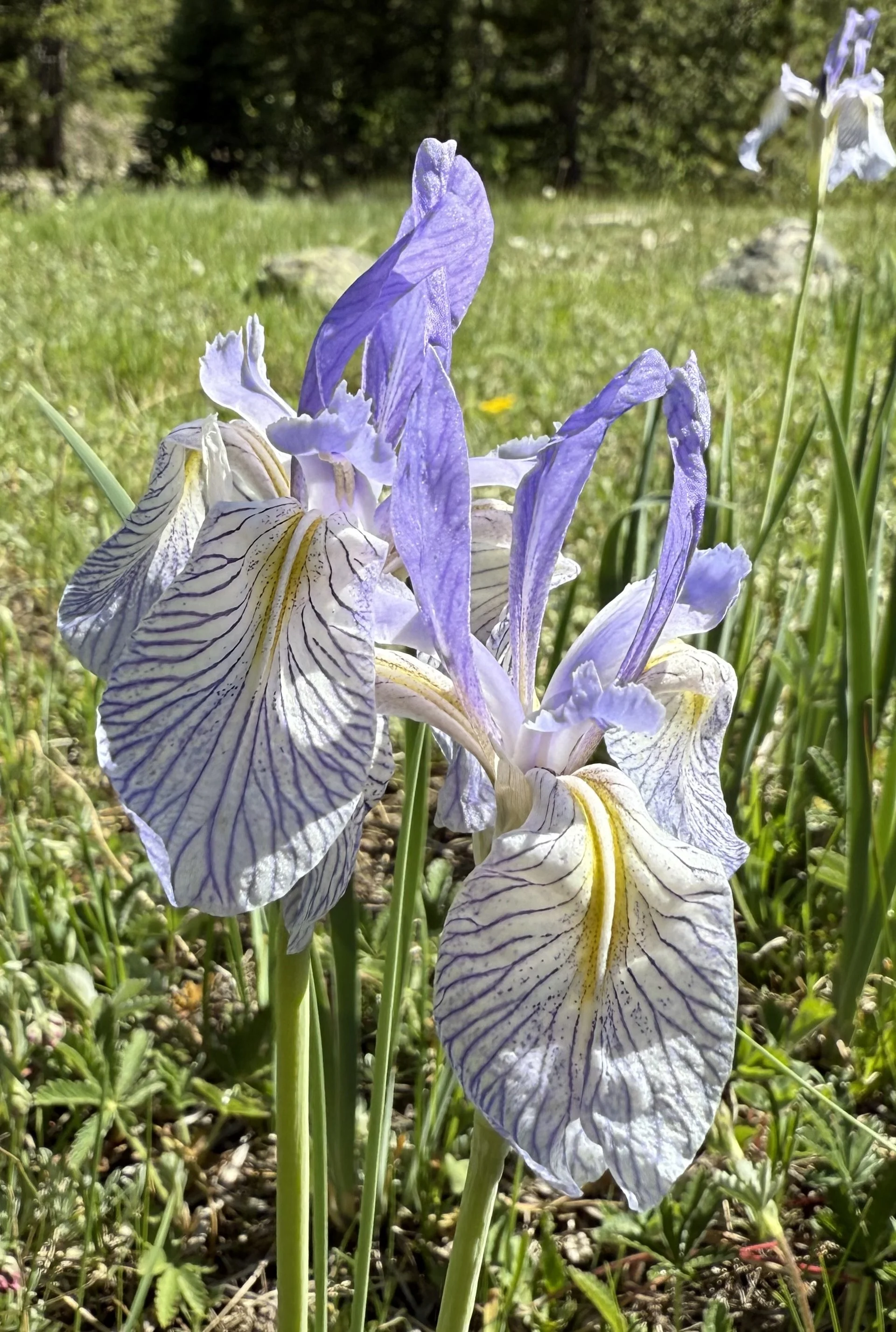Frasera speciosa, June 26, 2025
Common & scientific name
Green gentian, Frasera speciosa
Family
Gentian, Genianaceae
Location
Lincoln Creek Road, 10,500’
Fun, weird, helpful, or little known fact
Blooming after 20-80 years of storing up nutrients in its roots and waiting for the right time, this monocarpic plant blooms once then dies. This year, those who chose to make it their first and last summer on earth were few and far between. RMBL research indicates that their flourishing depends on a wet summer four years prior. 2021 . . . not a big summer moisture-wise.
Same























